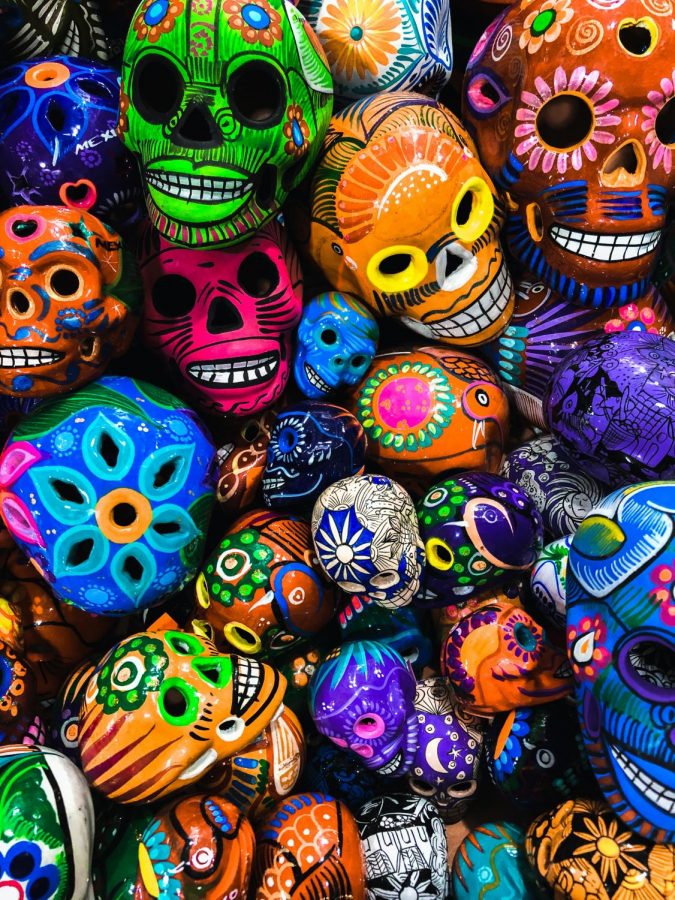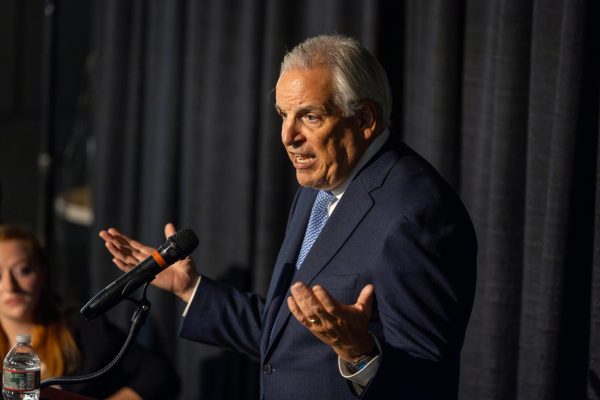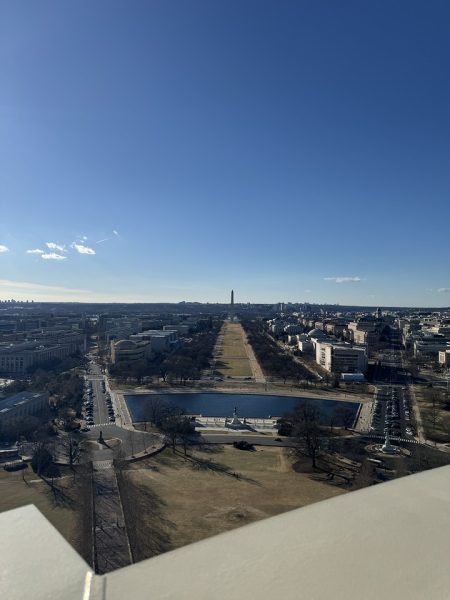Día de los Muertos
Courtesy of Eduardo Dorantes on Unsplash
Día de los Muertos, or Day of the Dead, is celebrated on Nov. 1 and 2 every year. The holiday celebrates deceased loved ones. Skulls, flowers and bright colors are most commonly associated with the event.
The day after the tricks and treats that make up Halloween night, another celebration takes place, which often gets mistaken for being Halloween. Día de los Muertos means the “Day of the Dead” in Spanish, and it is celebrated from Nov. 1 to Nov. 2. The holiday originated in Mexico but celebrations occur throughout the world.
At midnight on Nov. 1, the holiday begins with Día de los Angelitos, which is for the spirits of the children. It is believed that, for 24 hours, families can reunite with the spirits of their deceased children. Día de los Difuntos starts at midnight on Nov. 2 and is for the spirits of adults to be reunited with family.
Día de los Muertos begins at noon on Nov. 2 and is the grand finale of the holiday. There is a public celebration with parades, painted faces and sugar skulls.
Día de los Muertos is a time for friends and families to celebrate the memories of their deceased loved ones. It usually involves creating an altar for the deceased person with yellow marigolds, their favorite foods, pictures and memorabilia as a way to invite the spirits.
Yellow marigolds are thought to be a guide for the spirits because of their bright petals and their strong scent, which can lead a spirit from the cemetery to the home.
The two-day celebration is a time that reunites the living with the dead and is not considered a time of mourning. The holiday is associated with bright colors, smiling skulls and traditional dishes.
The Hispanic and Latinx Student Association (HALSA) will be celebrating the holiday on Nov. 4 in the North Campus Residence Hall Great Room from 8 p.m. to 9:30 p.m. The event will consist of eating authentic, local Mexican food and painting skulls. Students that are interested in participating should RSVP on Hawk Link to reserve a skull.
Emily Dvareckas graduated from RWU in 2022 with a degree in forensic science. She spent three years with The Hawks’ Herald as the photo editor...






